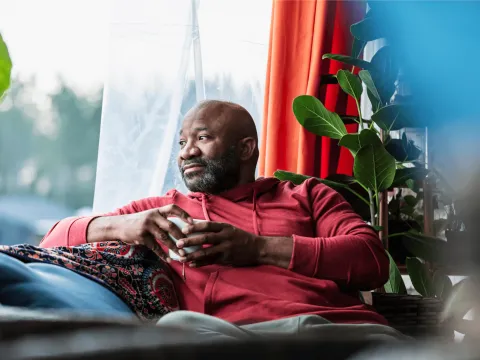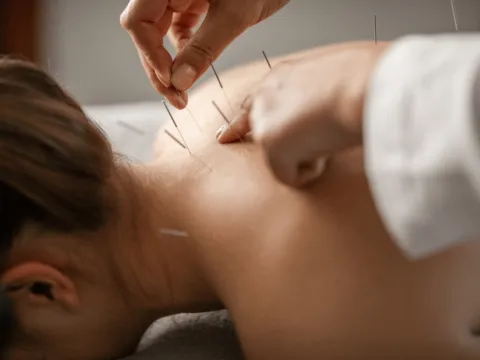- AdventHealth

There are good reasons why three out of four American families have at least one school-aged child in youth sports.
Kids who play sports have better grades, are better at regulating their emotions and have a
lower risk of long-term illness like heart disease. And kids love being active with their friends.
But all the good times come with some risk. Every year, millions of American children visit the emergency department for sports injuries. Several hundred thousand of those are for concussions and other head injuries.
Most of these accidents are preventable. Many parents look to coaches to prevent injuries, though many of them aren’t trained in that area.
Parents can help keep their kids safe by getting their child a physical before they participate, watching for the warning signs of concussion and knowing when to take a break.
Vigilance for Concussions
The risk of brain injury in youth sports has garnered more attention in recent years.
Knowing the warning signs of a concussion is critical because getting a brain injury can make it easier to get another one. While concussions heal over time, repeated concussions can cause long-term brain damage.
Here’s what parents and other observers might see in a child who has a concussion:
- Changes in mood, personality or behavior
- Forgetful about what happened just before or after the injury
- Acting stunned, dazed, confused or forgetful, such as about their position or the game
- Slow to answer questions or move clumsily
- A loss of consciousness, even briefly
A child who might have had a concussion should be pulled from a game or practice right away. Recovery from a concussion is about giving the brain time to heal. Your child’s doctor or specialist in sports injuries will decide when it’s safe to play again.
A snug-fitting helmet that doesn’t move around while your child is wearing it can provide some protection in sports like football and skiing.
The most common sports injuries among kids happen in their bones, tendons and muscles.
Sprains, Strains and Fractures
The best treatment for a sore or pulled muscle is summarized by the acronym “RICE,” which stands for:
- Rest
- Ice
- Compression
- Elevation
When pain is severe or you think your child may have broken a bone or dislocated a joint, see a doctor right away. Urgent care centers are often a good choice for these injuries.
The proper protective gear and the enforcement of rules against dangerous play — like headfirst slides in baseball — can prevent these injuries. In addition, your child should have at least one day off per week from a particular sport to prevent overuse and to allow his or her body to recover.
Heat Can Be Dangerous
When the body isn’t able to keep cool, conditions like heat exhaustion can follow. The most serious heat-related injury is heat stroke, and it’s a medical emergency that can be fatal.
The signs of heat stroke include:
- Cramps and muscle weakness
- Dizziness or faintness
- Lack of sweating despite the heat
- Nausea
If you see a child who may have heat stroke, bring them into the shade, give them cold drinks and apply ice packs to their neck, groin and armpits.
Giving kids unlimited access to water and other drinks, along with shortening or canceling workouts on hot days, are good ways to prevent heat injury.
Taking a Break
More children are specializing in a single sport at a young age, partly out of the belief that it’s the best way to ensure they’ll perform at a higher level as teens and adults. But research suggests these kids have a higher risk of overuse injury and are at bigger risk for stress and burnout.
Kids should take a combined three-month break from a specific sport each year, according to the American Academy of Pediatrics.
AdventHealth is a believer in the whole-person health benefits of youth sports. Our goal is to help your child prevent injuries or, if they occur, help them recover and get back in the game.
If your child needs immediate attention, AdventHealth’s urgent care centers and emergency departments are ready with convenient, on-demand care.
For a list of all of your options, check out our website.





